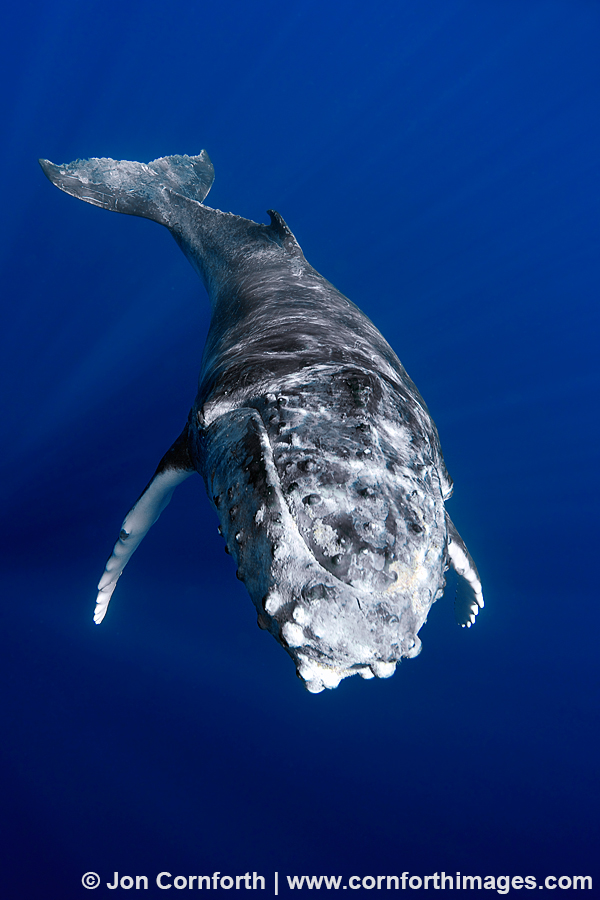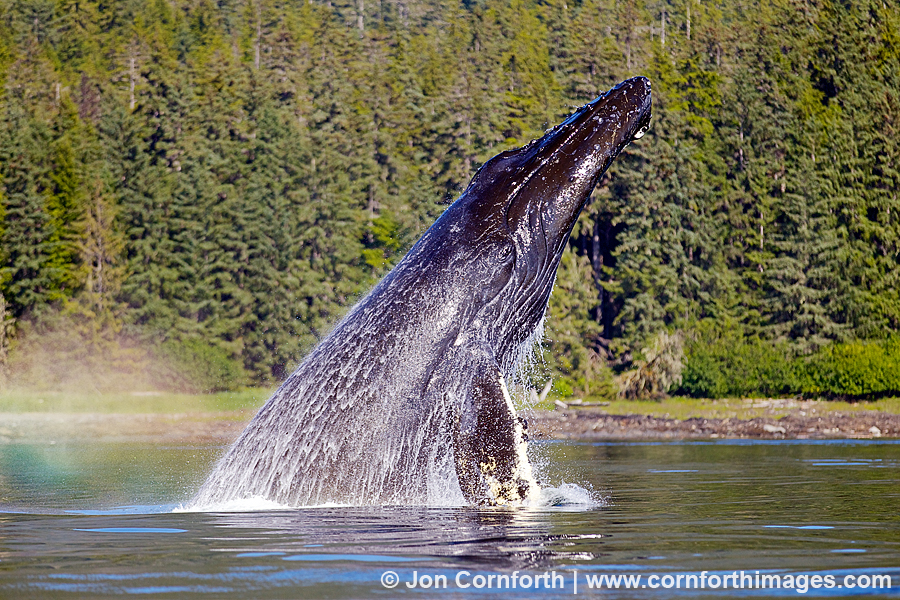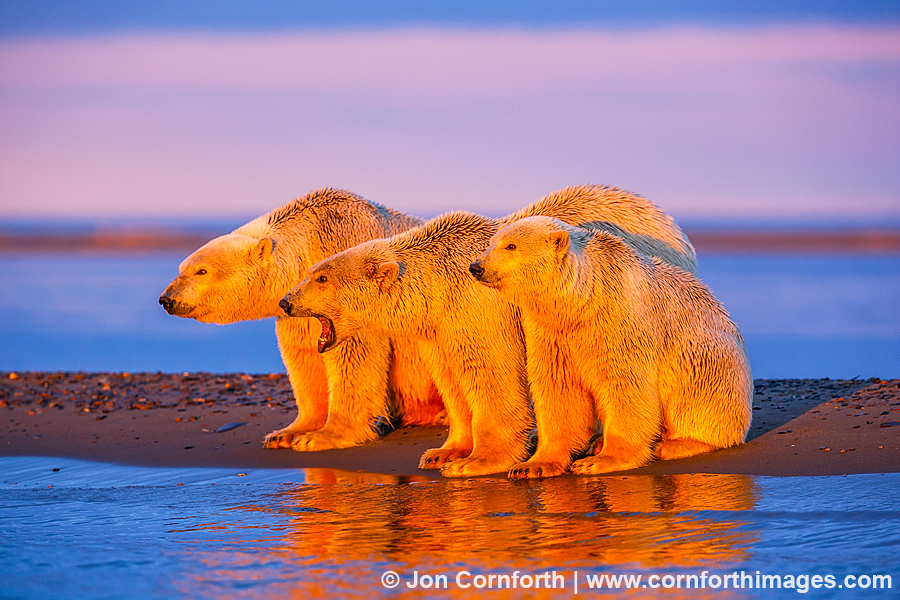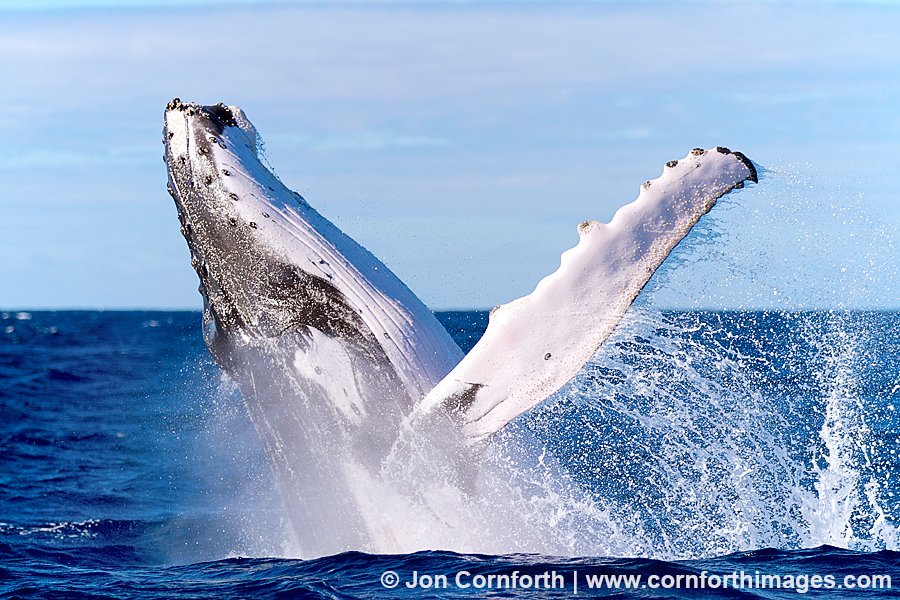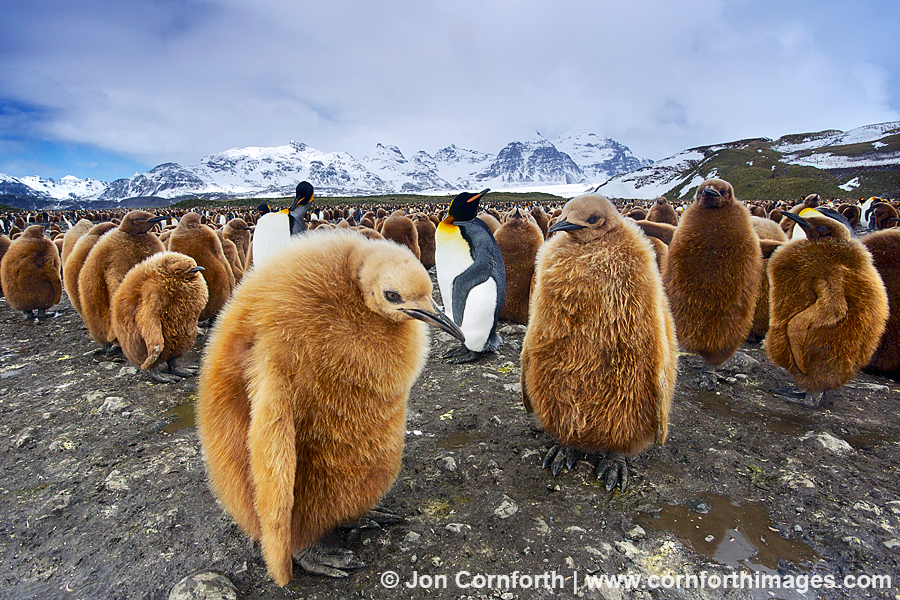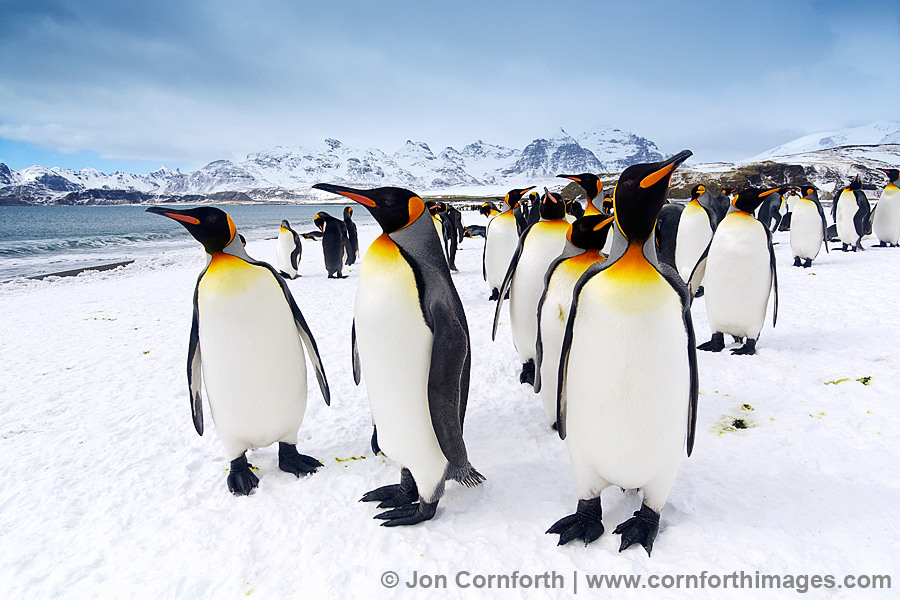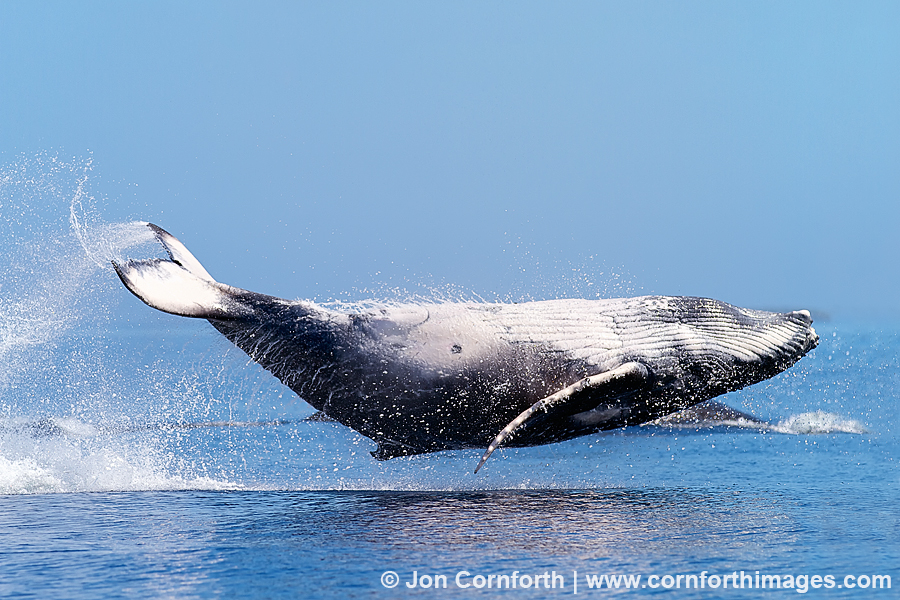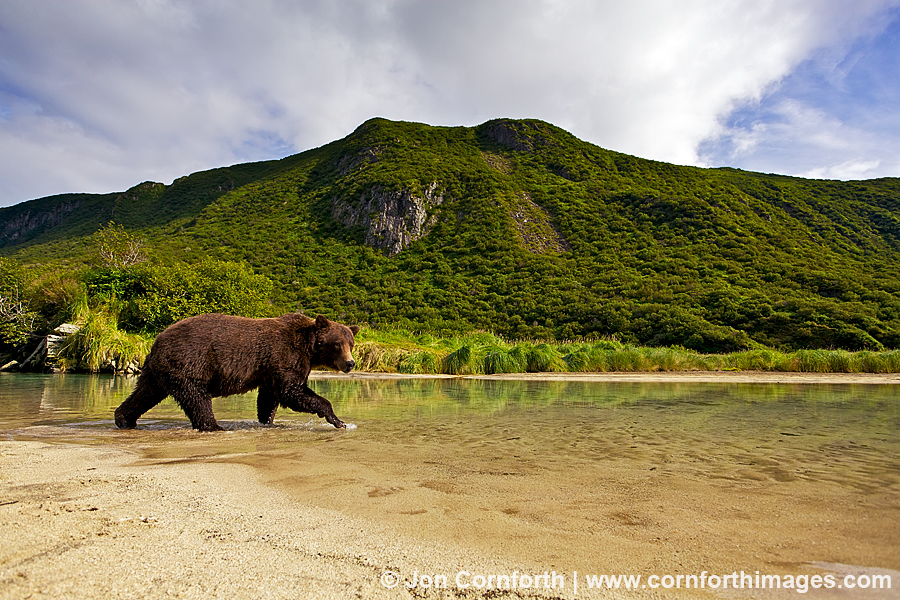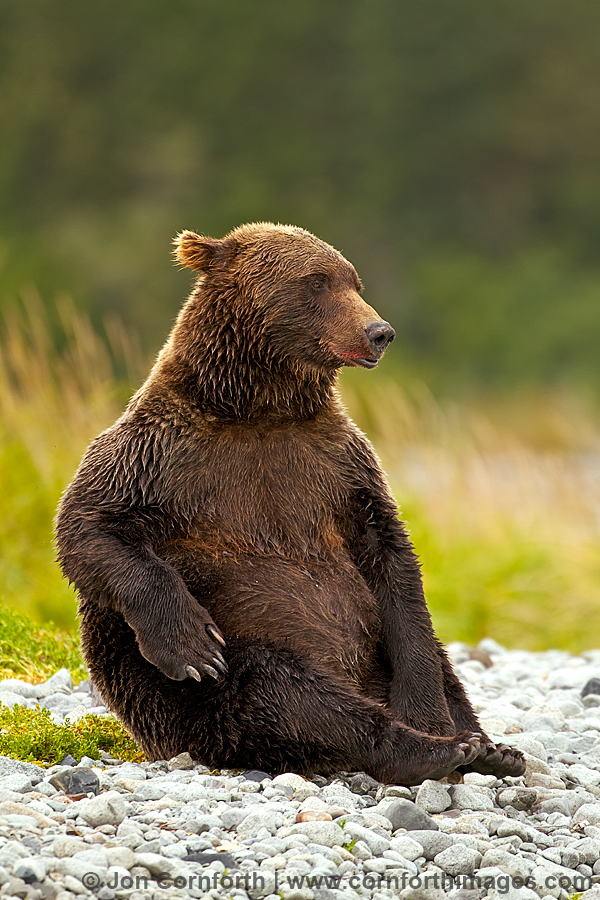I have just returned from an incredible week scuba diving with Jim Abernathy’s Scuba Adventures. The goal of the trip was to get as close to sharks in their natural environment as possible. The sharks did not disappoint, but unfortunately the cloudy weather last week in the Bahamas was not as ideal for underwater photography as I would have liked. Most people probably do not consider being surrounded by 50+ lemon and Caribbean reef sharks, as well as a few tiger sharks to be a good time. However, let me assure everyone that diving with sharks is not something to fear, let alone regard as a death wish.
Sharks are beautiful creatures that are being rapidly exterminated from our world’s oceans, almost exclusively because of the shark fin trade in Asia. Cutting the fins off of a shark and throwing the still live animal back in the ocean to die is a cruel and wasteful practice that I can only hope will eventually be stopped while there are still enough sharks remaining. I realize that most people reading this have probably never even considered eating shark fin soup, but too many people still consider it a status simple. Hopefully, my beautiful portrait of this curious tiger shark will encourage a few people to learn more about this despicable practice or even consider supporting environmental groups working to save sharks.
During my week long trip aboard the M/V Shearwater, I spent from 4 to 6 hours each day underwater photographing sharks. Though I was constantly surrounded by dozens of sharks, I was most interested in the larger and potentially more dangerous tiger sharks. Jim constantly reinforced that we could ignore the smaller sharks but needed to remain hyper-vigilant for tigers. Jim’s mantra was, “If you get bit by a tiger shark, you are going to bleed out and die!” As soon as we saw a tiger, we were supposed to point at it for the benefit of the other divers and not take our eyes off of it. It was amazing that a few of the European divers did not take this to heart and were sneeked up on more the once.
This is my favorite image from the trip. This photo is of one of the few tiger sharks that came curiously close enough to actually bump the front of my dome port. In order to get low enough to photograph this shark, I had to lay down on my stomach on the bottom right as the shark swam up to me. Most of the time, it was difficult to exclude the other divers, sharks, and fish from the image, but this encounter happened when Jim and I were the only 2 divers in the water. This was a much more “authentic” experience than my other dives with divers next to me. It also helped the underwater visibility, since no one was kicking up the bottom. I really like how this tiger shark swam straight towards me and then gave me just the right amount of a “smile”. I created this image using my Canon 5DmkIII and Canon 17-40mm f4 lens with a B+W +3 diopter inside my Ikelite 5DmkIII housing with an 8″ dome port and dual DS160 strobes. I processed the RAW file using Aperture 3 and Photoshop CS6, plus used Nik Software’s Dfine 2.0 to remove noise & Color Efex 4‘s white balance filter. I also cloned out the backscatter from my strobes and a few smaller fish that were distracting in the background.
